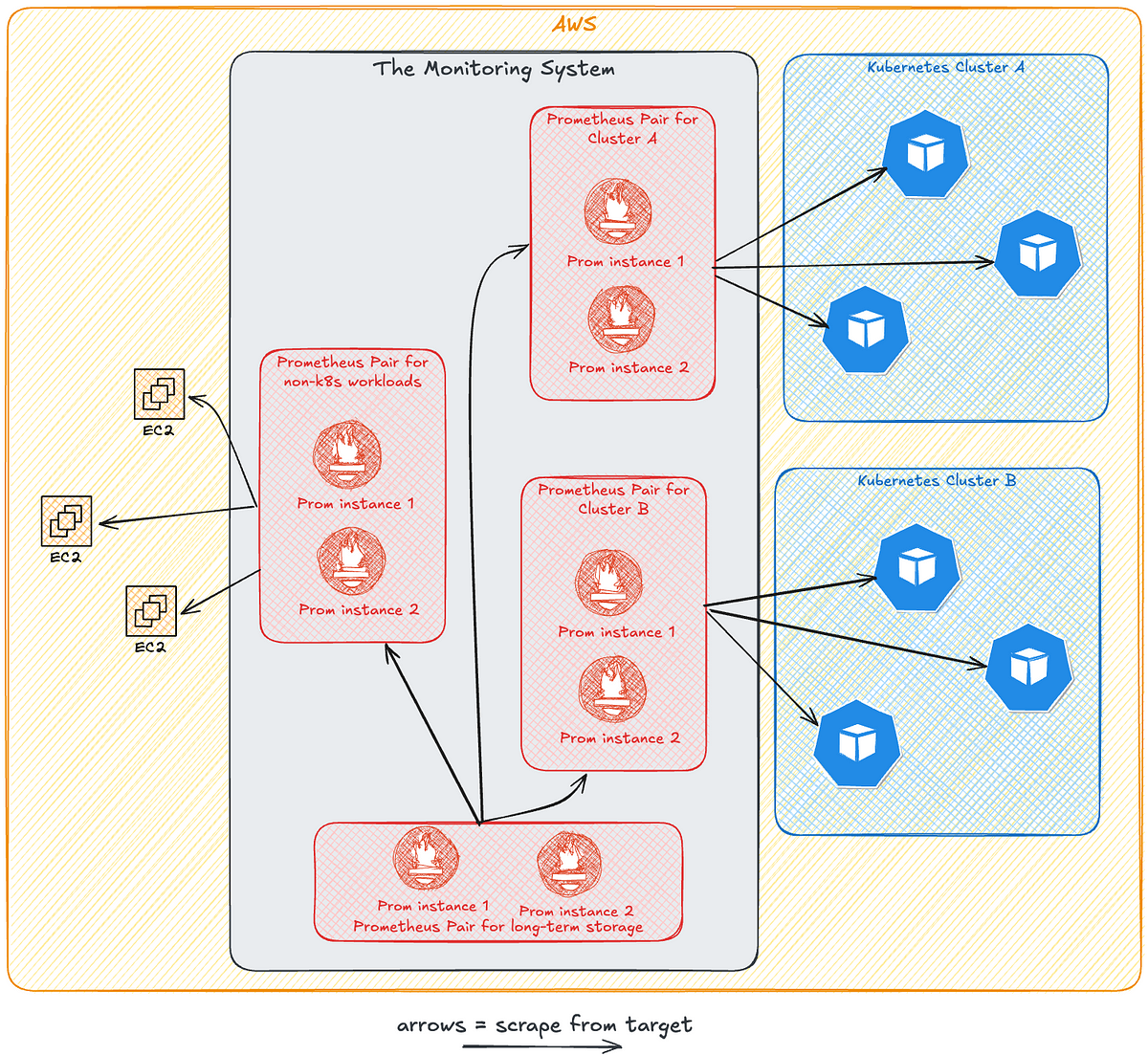
“AI Inside” Opens New Markets for Vertical SaaS
In the first part of this series, we wrote about how AI enables vertical SaaS companies to take on tasks previously deemed too complex for software. Specifically, we noted that with AI, customers of vertical SaaS (VSaaS) could dramatically reduce internal and external labor spend on sales, marketing, customer service, operations, and finance. For the VSaaS company, extending service offerings into these areas could increase revenue per customer by up to 10x!
In this post, we will look at how AI will open new markets previously deemed too “small” to support a large VSaaS company. By increasing LTV (Life Time Value) per customer (through replacing labor with software ) and reducing CAC (through leveraging AI-driven sales and marketing tools), we believe AI will open a plethora of new markets. Namely, the long tail of niche industries you were likely not thinking of before this post: chiropractors, dry-cleaning and laundry services, veterinary services, and more.
There are more VSaaS companies than you might think: more than 5,000 in the U.S. alone (according to Pitchbook data), focused on industries ranging from trucking to real estate. In the public markets, examples of VSaaS companies include nCino (loan origination), Guidewire (insurance), ProCore (construction), and Toast (restaurants and hospitality). In private markets, companies like Clio (legal), ServiceTitan (home and commercial contractors), and MindBody (health and leisure) have similarly achieved scale. By building software to streamline industry-specific workflows, successful VSaaS firms become operating systems , resulting in “winner take most” markets. Given this dynamic, many founders have avoided “small” markets, as it doesn’t pay enough to be a big fish in too small a pond (market).





















